Decoding Discreteness: A Comprehensive Guide to the Probability Mass Function
A Probability Mass Function (\(PMF\)) is a function that provides the probabilities of occurrence of different possible outcomes for a discrete random variable. Here is a step-by-step guide to understanding the Probability Mass Function.
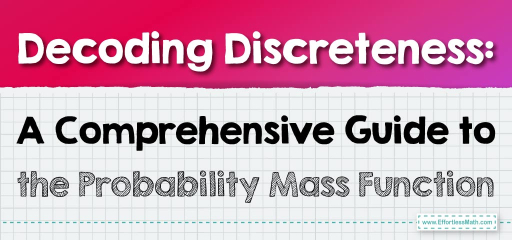
Step-by-step Guide to Decode the Probability Mass Function
Here is a step-by-step guide to decoding the probability mass function:
Step 1: Understand Discrete Random Variables
- A discrete random variable is one that has countable outcomes, like the roll of a die (\(1, 2, 3, 4, 5, 6\)) or the number of heads in a series of coin flips (\(0, 1, 2, …, n\)).
Step 2: Define the Probability Mass Function (\(PMF\))
- The \(PMF\), denoted as \(p(x)\), is a function that gives the probability that a discrete random variable is exactly equal to some value. It tells us how the probability is distributed over the values of the random variable.
Step 3: Recognize the Requirements of a \(PMF\)
- For a function to be a \(PMF\), it must satisfy the following conditions:
- The function \(p(x)\) must be non-negative for all values of \(x\) in the random variable’s domain.
- The sum of \(p(x)\) over all possible values of the discrete random variable must equal \(1\), because the probability of some outcome occurring is certain.
Step 4: Representing the \(PMF\)
- A \(PMF\) is often represented in a tabular form showing the outcomes and their associated probabilities or graphically as a bar chart where each outcome’s probability is the height of the bar.
Step 5: Calculate Probabilities Using the \(PMF\)
- To calculate the probability of a particular outcome, you use the \(PMF\) to find the height of the bar at that outcome’s value. For example, if \(p(x)\) represents the \(PMF\) of rolling a die, then \(p(3)\) gives the probability of rolling a \(3\).
Step 6: Use the \(PMF\) to Find Other Probabilities
- The \(PMF\) can also be used to calculate the probability of a range of outcomes by summing up the individual probabilities. For example, to find the probability of rolling a number less than \(4\), you would calculate \(p(1) + p(2) + p(3)\).
Step 7: Apply \(PMF\) to Real-World Problems
- You can use the \(PMF\) to solve real-world problems that involve discrete outcomes. For instance, if you want to find the probability of a certain number of customers arriving at a store within an hour, you can use the \(PMF\) if you know the probabilities for different customer counts.
Step 8: Expectation and Variance from \(PMF\)
- The expectation (mean) of a discrete random variable can be found using the \(PMF\) by multiplying each possible value by its probability and summing all these products.
- The variance (a measure of dispersion) is found by computing the weighted average of the squared deviations from the mean, again using the probabilities provided by the \(PMF\).
Step 9: Visualize with Graphs and Simulations
- Visual aids like graphs can help in understanding the distribution of probabilities. Simulating a large number of trials using software can also help visualize the concept of the \(PMF\).
Step 10: Explore Further into Probability Distributions
- After mastering the \(PMF\), you can explore more complex probability distributions for discrete random variables like the binomial, Poisson, or geometric distributions, each with its own \(PMF\).
Understanding the \(PMF\) allows you to quantify and visualize the likelihood of different outcomes for discrete variables, a foundational skill in statistical analysis and data science.
Related to This Article
More math articles
- The Ultimate SHSAT Math Course (+FREE Worksheets & Tests)
- 7th Grade ACT Aspire Math Worksheets: FREE & Printable
- 10 Most Common 3rd Grade PSSA Math Questions
- Math Classroom Decorations and Bulletin Board Supplies
- How to Solve One-Step Equations? (+FREE Worksheet!)
- How to Deciphering the Puzzle of Time: A Step-by-Step Guide to Solving Age Problems in Mathematics
- How to Expand Sigma Notation?
- Top 10 Calculus Books for High School Students
- How to Solve Logarithmic Equations? (+FREE Worksheet!)
- Overcoming Mental Blocks in Algebra: A Student’s Guide

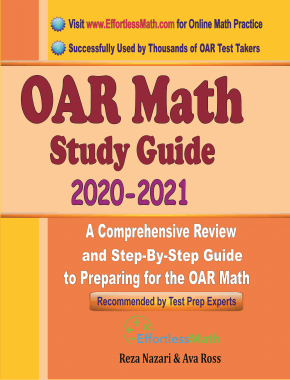
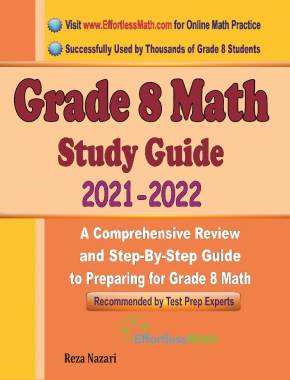
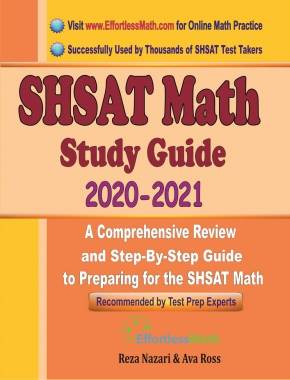
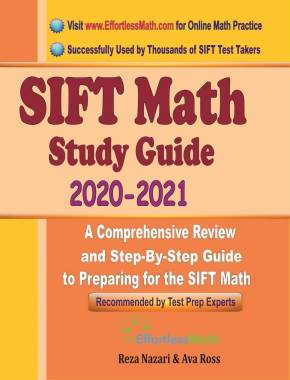
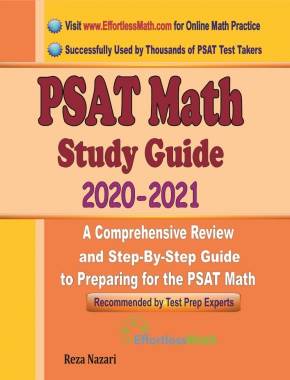
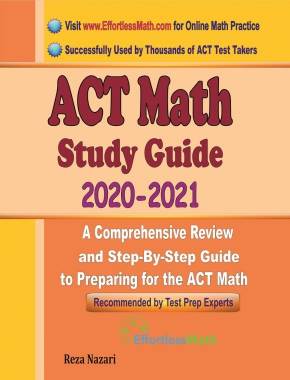
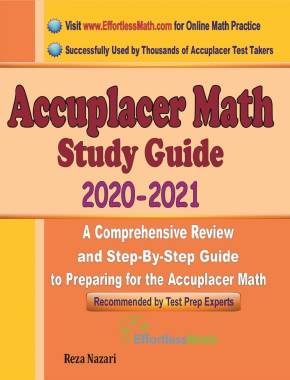
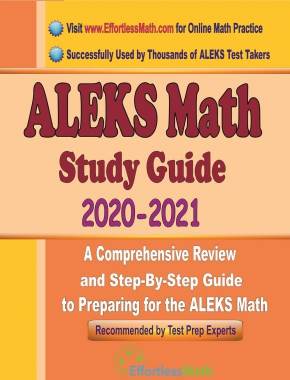
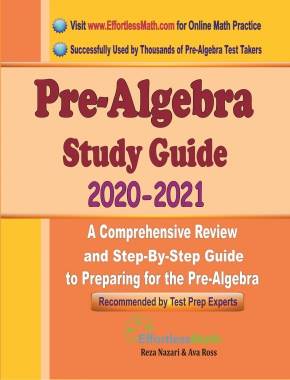
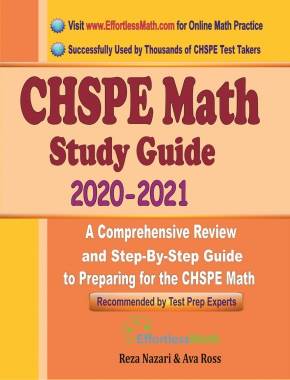
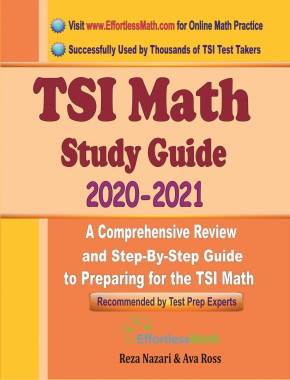
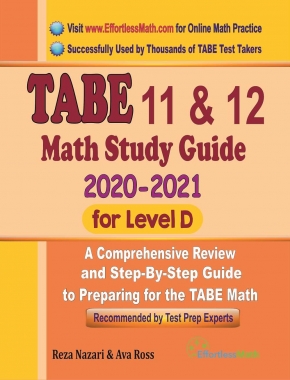
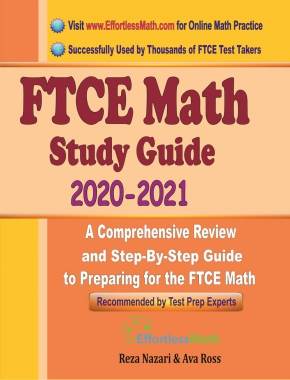
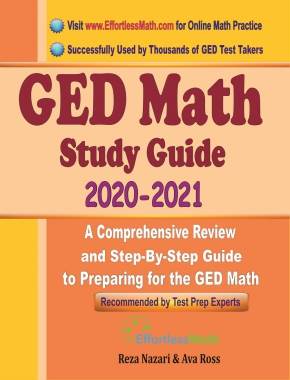




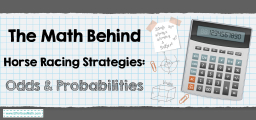






What people say about "Decoding Discreteness: A Comprehensive Guide to the Probability Mass Function - Effortless Math: We Help Students Learn to LOVE Mathematics"?
No one replied yet.